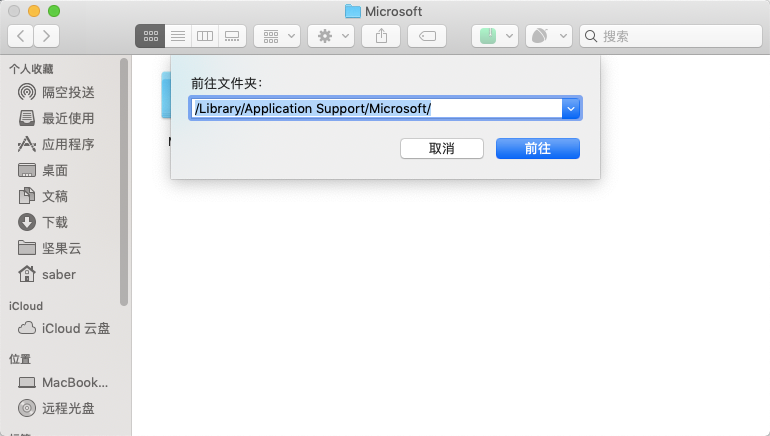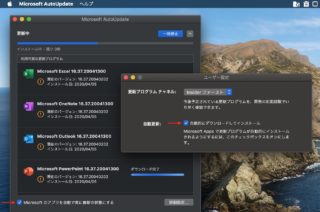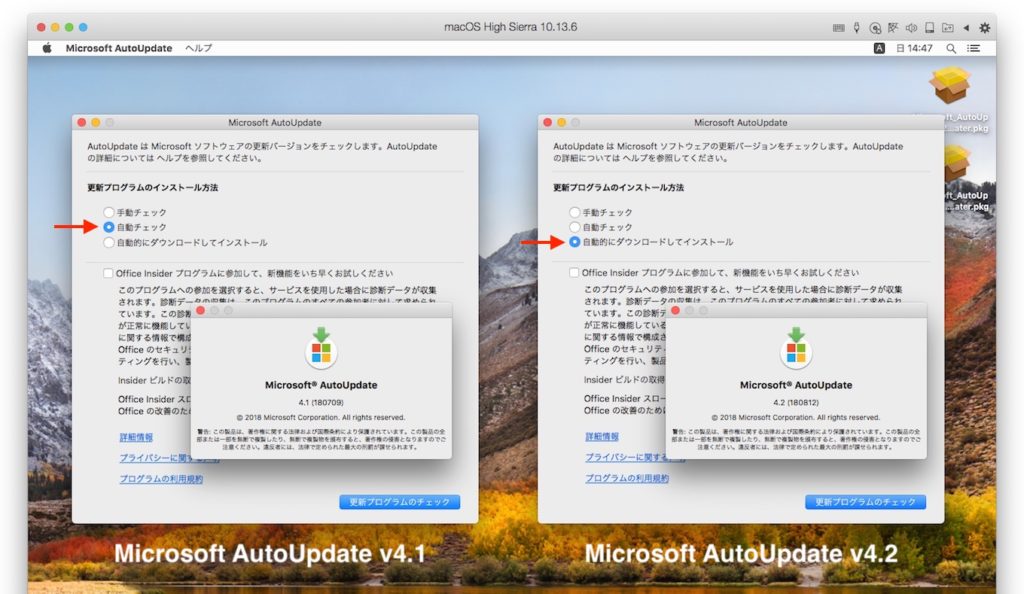

- MICROSOFT AUTOUPDATE V4.38 INSTALL
- MICROSOFT AUTOUPDATE V4.38 UPDATE
- MICROSOFT AUTOUPDATE V4.38 DOWNLOAD
- MICROSOFT AUTOUPDATE V4.38 WINDOWS
You can check where your Windows should receive updates from. To check the list of available updates on a remote computer, run this command:
MICROSOFT AUTOUPDATE V4.38 UPDATE
You can list the updates available for the current computer on the update server using the Get-WindowsUpdate or Get-WUList commands.
MICROSOFT AUTOUPDATE V4.38 DOWNLOAD
Scan and Download Windows Updates with PowerShell The Reset-WUComponents -Verbose cmdlet allows you to reset all Windows Update Agent settings, re-register libraries, and restore the wususerv service to its default state. In this example, the Windows Update agent on the computer is configured with a GPO to receive updates from the local WSUS server. WUServer : WUStatusServer : AcceptTrustedPublisherCerts : 1ĭoNotConnectToWindowsUpdateInternetLocations : 1ĪUOptions : 3 - Notify before installation

Get-WUSettings ComputerName : WKS5S2N39S2 To check the current Windows Update client settings, run the command:
Reset-WUComponents – allows you to reset the Windows Update agent on the computer to the default state. Update-WUModule – update the PSWindowsUpdate module (you can update the module on a remote computer by copying it from the current one, or updating from PSGallery). Set-WUSettings – configure Windows Update client settings. Set-PSWUSettings – save PSWindowsUpdate module settings to the XML file. Remove-WUServiceManager – disable Windows Update Service Manager. Remove-WindowsUpdate – allows to uninstall an update by KB ID. Invoke-WUJob – remotely call WUJobs task in the Task Scheduler to immediately execute PSWindowsUpdate commands. Get-WUSettings – get Windows Update client settings. Get-WUServiceManager – list update sources. Get-WURebootStatus - allows you to check whether a reboot is needed to apply a specific update. Get-WULastResults - dates of the last search and installation of updates ( LastSearchSuccessDate and LastInstallationSuccessDate). Get-WUJob – check for WUJob update tasks in the Task Scheduler. Get-WUInstallerStatus - check the Windows Installer service status. Get-WUHistory – display a list of installed updates (update history). Get-WUApiVersion – get the Windows Update Agent version on the computer. Allows you to select update categories, specific updates and set the rules of a computer restart when installing the updates MICROSOFT AUTOUPDATE V4.38 INSTALL
Allows to download and install updates from a WSUS server or Microsoft Update. This is the main cmdlet of the PSWindowsUpdate module. Get-WindowsUpdate (Get-WUList) - displays a list of updates that match the specified criteria, allows you to find and install the updates.
 Enable-WURemoting - enable Windows Defender firewall rules to allow remote use of the PSWindowsUpdate cmdlets. Add-WUServiceManager – register the update server (Windows Update Service Manager) on the computer. Uninstall-WindowsUpdate – remove update using the Remove-WindowsUpdate. Hide-WindowsUpdate (alias for Get-WindowsUpdate -Hide:$false) – hide update. Get-WUInstall, Install-WindowsUpdate (alias for Get-WindowsUpdate –Install) – install Windows updates. Download-WindowsUpdate (alias for Get-WindowsUpdate –Download) - get a list of updates and download them. Clear-WUJob – use the Get-WUJob to clear the WUJob in Task Scheduler. Let’s describe the usage of the module commands in brief: You can display the list of available cmdlets in the PSWindowsUpdate module as follows: Save-Module -Name PSWindowsUpdate –Path \\lon-fs02\psmodules\ PSWindowsUpdate Cmdlets List To save (export) the PoSh module to a shared network folder for further importing on other computers, run: Update-WUModule -ComputerName $Targets –Local For example, to copy the PSWindowsUpdate module from your computer to two remote hosts, run the commands (you need access to the remote servers via the WinRM protocol): To use these functions, you will have either to update the PowerShell version or delete the | Unblock-File line from the PSWindowsUpdate.psm1 file manually.Īfter installing the PSWindowsUpdate module on your computer, you can remotely install it on other computers or servers using the Update-WUModule cmdlet. The cause is that the module uses some functions that appeared only in PowerShell 3.0. In Windows 7/Windows Server 2008 R2, when importing the PSWindowsUpdate module, the following error may appear: The term “Unblock-File” is not recognized as the name of a cmdlet.
Enable-WURemoting - enable Windows Defender firewall rules to allow remote use of the PSWindowsUpdate cmdlets. Add-WUServiceManager – register the update server (Windows Update Service Manager) on the computer. Uninstall-WindowsUpdate – remove update using the Remove-WindowsUpdate. Hide-WindowsUpdate (alias for Get-WindowsUpdate -Hide:$false) – hide update. Get-WUInstall, Install-WindowsUpdate (alias for Get-WindowsUpdate –Install) – install Windows updates. Download-WindowsUpdate (alias for Get-WindowsUpdate –Download) - get a list of updates and download them. Clear-WUJob – use the Get-WUJob to clear the WUJob in Task Scheduler. Let’s describe the usage of the module commands in brief: You can display the list of available cmdlets in the PSWindowsUpdate module as follows: Save-Module -Name PSWindowsUpdate –Path \\lon-fs02\psmodules\ PSWindowsUpdate Cmdlets List To save (export) the PoSh module to a shared network folder for further importing on other computers, run: Update-WUModule -ComputerName $Targets –Local For example, to copy the PSWindowsUpdate module from your computer to two remote hosts, run the commands (you need access to the remote servers via the WinRM protocol): To use these functions, you will have either to update the PowerShell version or delete the | Unblock-File line from the PSWindowsUpdate.psm1 file manually.Īfter installing the PSWindowsUpdate module on your computer, you can remotely install it on other computers or servers using the Update-WUModule cmdlet. The cause is that the module uses some functions that appeared only in PowerShell 3.0. In Windows 7/Windows Server 2008 R2, when importing the PSWindowsUpdate module, the following error may appear: The term “Unblock-File” is not recognized as the name of a cmdlet.







 0 kommentar(er)
0 kommentar(er)
